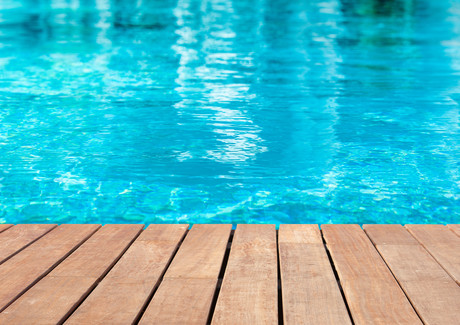Preventing electrical shock when installing pools

The Queensland Electrical Safety Office is reminding electrical contractors and pool and spa installers about the specific requirements for equipotential bonding of steel reinforcing. If an electrical fault occurs, even at low voltage, while the pool is in use, it may lead to electrical shock, which can cause muscle spasms and potential drowning, said the Electrical Safety Office in a statement.
Clause 5.6.2.6.3 of the Wiring Rules states equipotential bonding conductors are to be provided to any fixed extraneous conductive parts of a pool structure, including the reinforcing metal of the pool shell.
“Installing electrical contractors should adhere to Note 2 of Clause 5.6.2.6.3,” the statement said. “This states that conductive tie-wires used during construction of reinforced concrete pools are considered to be an adequate electrical bond between the conductive reinforcing components. Provided the reinforcement is satisfactorily electrically connected together, one point of connection of the bonding conductor is satisfactory where bonding is required by Clause 5.6.2.6.2(a).”
To satisfy this clause the installer must either confirm the entire reinforcing is electrically continuous, in which case a single bonding conductor can be attached at a suitable location, or identify each section that is not electrically continuous and ensure each section is effectively bonded.
“Either installation option can only be achieved through a visual examination of the reinforcing and by carrying out resistance measurements at various points. These tests can only be effectively carried out before the concrete is poured or sprayed.
“Some installers have tried to avoid the need to have an electrician attend before concreting by leaving a length of reinforcing out of the pool shell for the electrician to later connect the bonding conductor. This practice is not safe as it does not allow the electrician to carry out tests to ensure the pool shell itself is effectively bonded.”
In addition, attaching a bonding conductor from the pool structure to an earth electrode driven into the ground near the pool or spa does not satisfy the bonding requirements for swimming pools and spas, according to the statement.
Keeping Australia's power systems stable: AEMO report
The 2025 Transition Plan for System Security explains how the nation can meet its system security...
Marinus Link completes Tasmanian approvals process
Tasmania's Environment Protection Authority has assessed the two Tasmanian components of...
Is grid connection holding up the energy transition?
A recent survey has identified grid connection delays as a major issue for Australia's...




